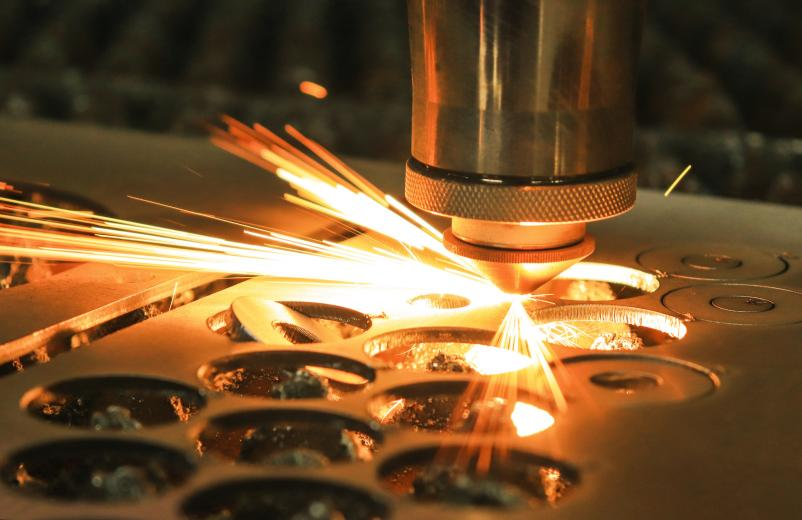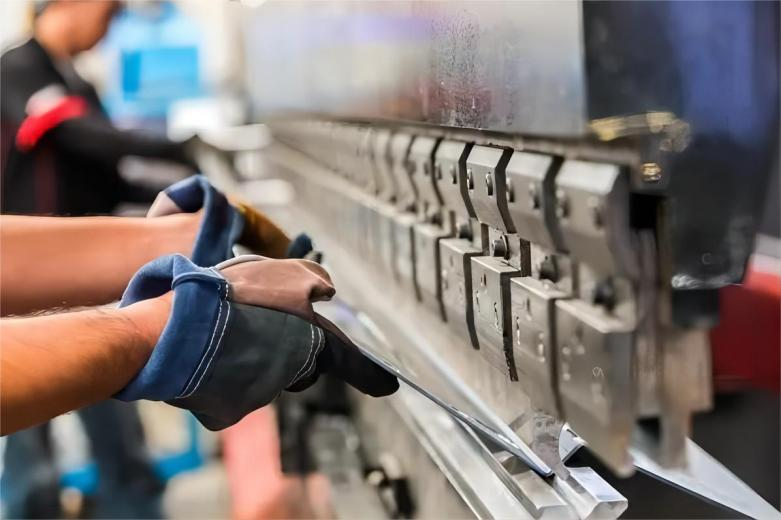Search
What is the difference between plastic injection and extrusion?
- Jul 06,2023
-
Share
Plastic manufacturing processes have revolutionized various industries, enabling the production of a wide range of products. Two commonly employed techniques in this realm are plastic injection and extrusion. While both methods involve shaping plastic materials, they differ significantly in terms of their processes, applications, and end products. In the following, we will explore the key differences between plastic injection and extrusion.
Plastic injection:
Plastic injection is a manufacturing process that involves injecting molten plastic material into a mold cavity. The process begins with the melting of plastic pellets, which are then injected into a mold under high pressure. Once the plastic cools and solidifies, the mold is opened, and the finished product is ejected. This method is highly versatile and allows for the production of complex and intricate shapes with precise dimensions. It is commonly used for manufacturing items such as automotive parts, electronic enclosures, and household appliances.
Plastic extrusion:
Extrusion, on the other hand, is a continuous manufacturing process that involves pushing molten plastic material through a die to create a specific shape. The plastic material is fed into a hopper and then forced through a heated barrel using a screw mechanism. As the plastic passes through the die, it takes on the desired shape and is cooled to solidify. Extrusion is ideal for producing products with a consistent cross-sectional profile, such as pipes, tubes, and sheets.
Key Differences:
1. Process: Plastic injection involves injecting molten plastic into a mold, while extrusion pushes molten plastic through a die to create a continuous shape.
2. Complexity: Plastic injection allows for the production of intricate and complex shapes, while extrusion is better suited for products with a consistent cross-sectional profile.
3. Versatility: Plastic injection is highly versatile and can accommodate a wide range of materials, including thermoplastics and thermosetting plastics. Extrusion is primarily used for thermoplastics.
4. Production Volume: Plastic injection is well-suited for high-volume production runs, while extrusion is more commonly used for continuous production of long lengths of products.
Plastic injection and extrusion are two distinct manufacturing processes with their own unique characteristics and applications. Plastic injection is favored for its versatility, ability to produce complex shapes, and suitability for high-volume production. On the other hand, extrusion excels in creating products with consistent cross-sectional profiles and is ideal for continuous production. Understanding the differences between these techniques is crucial for manufacturers to choose the most appropriate method for their specific needs.

Let’s talk! We’ll provide the perfect solution for you!
-
 Tripath International is a Canadian company with offices and manufacturing facilities in Canada and China to provide global-scale offerings in Industrial Design, Engineering, Supply Chain, and Manufacturing services, and the ability to convert your concepts into volume production.
Tripath International is a Canadian company with offices and manufacturing facilities in Canada and China to provide global-scale offerings in Industrial Design, Engineering, Supply Chain, and Manufacturing services, and the ability to convert your concepts into volume production. - Core services — PCBA Design & Manufacturing — Product Manufacturing — Product Structure Design — Plastic & Metal 3D Model Printing — Mold Design — Mold Manufacture — Surface Finishing — Testing
- Technology — PCBA Design And Manufacture — Plastic Injection Molding — Plastic Extrusion — Aluminum Die Casting — Laser Cutting And Welding — Mold Processing — Surface Finishing Technology
- Testing — Product dimension test — Product Rohs environmental test — Flame retardant test — Surface roughness test — Tensile strength test — Metal element test — Wear resistance test — Hardness test — Salt spray test — Low & high temperature aging test — Water proof test — Battery cycle test — Temperature rise test
- Copyright © 2025 Tripath International Inc. All Rights Reserved.
- Design By BONTOP


